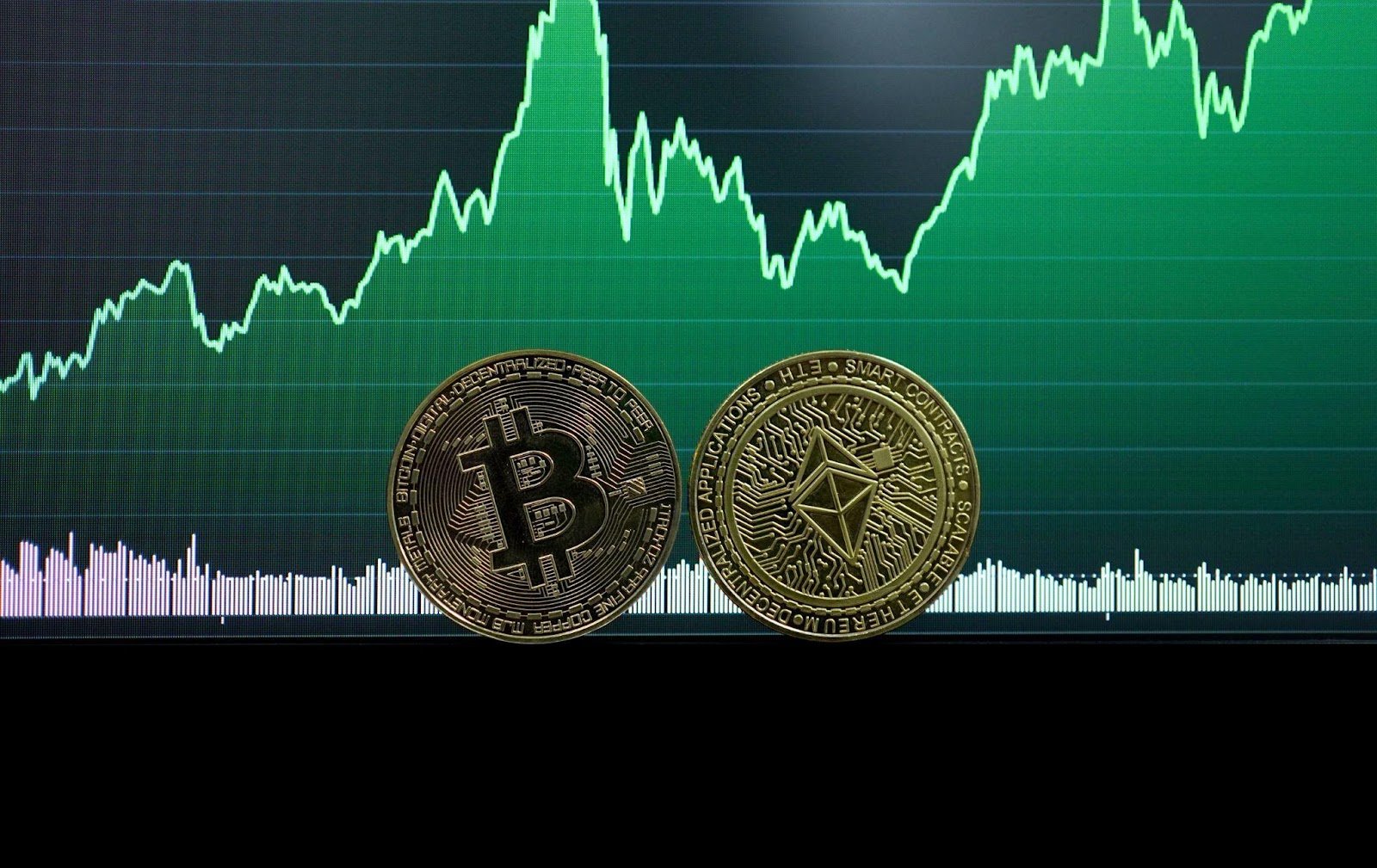NFTs and the Digital Art Revolution: Exploring the Impact on Artists
Few innovations have made as big a splash as Non-Fungible Tokens (NFTs) in the ever-changing cryptocurrency landscape. NFTs have created waves in the financial sector and revolutionized the art world, giving artists new challenges and opportunities. Have you ever wondered what NFTs are, how they work, and their profound impact on artists? If so, this article is for you because we are about to explore those points and more.
Understanding NFTs
Non-Fungible Tokens, almost always abbreviated to NFTs, are digital assets representing ownership of a unique item or piece of content using blockchain technology. They differ from cryptocurrencies, like Bitcoin and Ethereum, in that they cannot be exchanged on a one-to-one basis because they are indivisible. NFTs are created, bought, and sold on blockchain platforms. An artist or creator mints their NFT, which essentially registers their digital content on the blockchain and assigns it a unique identifier. That last part ensures the NFT’s authenticity and scarcity, making it valuable in the digital world. Recently, the National Basketball Association (NBA) has minted NFTs related to iconic moments in the sport. Investors can own a unique piece of basketball history that could significantly increase in value over time.
NFTs are mainly seen as a long-term investment that people hold onto, hoping their purchase realizes value. Although everything NFT-related revolves around blockchain technology, they are far removed from typical cryptocurrencies. They cannot be used to deposit on the best Bitcoin betting sites or exchanged for products or services where cryptocurrency is accepted as a payment method.
The NFT Art Boom
Thanks to three key aspects, NFTs have resulted in what is best described as a digital art boom. First, NFTs empower individual artists. The art world is all too often tied up in bureaucracy, with artists having to enlist the services of intermediaries, such as agents, auction houses, and galleries, to sell their work. NFT artists can sell their wars directly to collectors, thus retaining a more substantial share of the profits.
Second, NFTs make it easy for digital artists to monetize their work. Before NFTs, it was challenging for digital artists to earn money from their creations because digital files are easily duplicated and shared. The very nature of NFTs proves ownership and rarity, allowing artists to sell digital art as unique assets. Art collectors want to own unique pieces, not something that has hundreds or thousands of copies floating around cyberspace.
Lastly, NFTs being on the blockchain allows artists to reach a global audience. Artists are no longer hindered by their physical location, leading to more exposure and opportunities for recognition.
Challenges and Controversies

Anything new that brings in new opportunities also brings with it challenges; NFTs are no different. NFTs are often criticized for their carbon footprint. Minting NFTs and the underlying blockchain technology consumes significant energy, negatively impacting the environment. Debates continue rumbling about the environmental impact of NFTs and cryptocurrency, with calls for more sustainable blockchain solutions.
The rise of NFTs has raised questions about copyright and plagiarism in the digital art world. There have been instances where artists have unknowingly had their work tokenized as NFTs without their consent, leading to concerns about the protection of intellectual property.
Then, there is the fact that the NFT market is highly speculative. Prices for certain NFTs fluctuate dramatically, with some traditional investors and art collectors likening the NFT market to a bubble, leading to questions about the sustainability of NFTs.
The Future of NFTs and Art
The NFT art market is still in its infancy, meaning its future is uncertain. Technological advancements, including in the Artificial Intelligence (AI) field, open up a world of possibilities for artists. Some artists embrace traditional and digital mediums, creating hybrid works they tokenize as NFTs. Such hybrid works blur the lines between digital and physical art, expanding the horizons of the art market for both artists and collectors.
Traditional art institutions, such as galleries and museums, are exploring ways to incorporate NFTs and blockchain technology into their operations. One popular idea touted is using blockchain technology to track traditional art, enhancing transparency and reducing the risk of forgery.
Augmented Reality (AR) and Virtual Reality (VR) improvements could see NFTs becoming immersive experiences. Artists and collectors could create virtual art exhibitions, showcasing their work and collections to a global audience and with an entirely new immersion depth.
While the predictions above are primarily optimistic, there is also the chance that regulatory bodies may start developing guidelines and rules relating to NFTs. We have already seen some governments begin clamping down on cryptocurrency exchanges, and it is likely NFTs will follow suit. Hopefully, any governing body’s interventions will improve transparency, consumer protection, and compliance with intellectual property rights, but you never know.
Conclusion
Non-Fungible Tokens have fundamentally changed how artists create and sell artworks and interact with their ever-expanding audience. There are now unprecedented opportunities for digital and traditional artists to monetize their work, connect with potential buyers, and expand their audience on a global scale. However, NFTs also pose challenges related to copyright protection, market speculation, and sustainability.
Artists and collectors must address these challenges while evolving and embracing the digital revolution. It will be fascinating to see how the rise in NFTs continues shaping the future of art.
NFTs represent a cultural shift in how we value and experience art; they are more than technology. After an initial explosion of activity in 2020-2022, the NFT market has dramatically slowed down in 2023, but NFTs are here to stay. Although it remains to be seen whether we again see massive sums paid for NFTs, like the $91.8 million “The Merge” by Pak, in the future, exciting times are ahead for anyone interested in art, technology, and how the two fields combine and evolve.